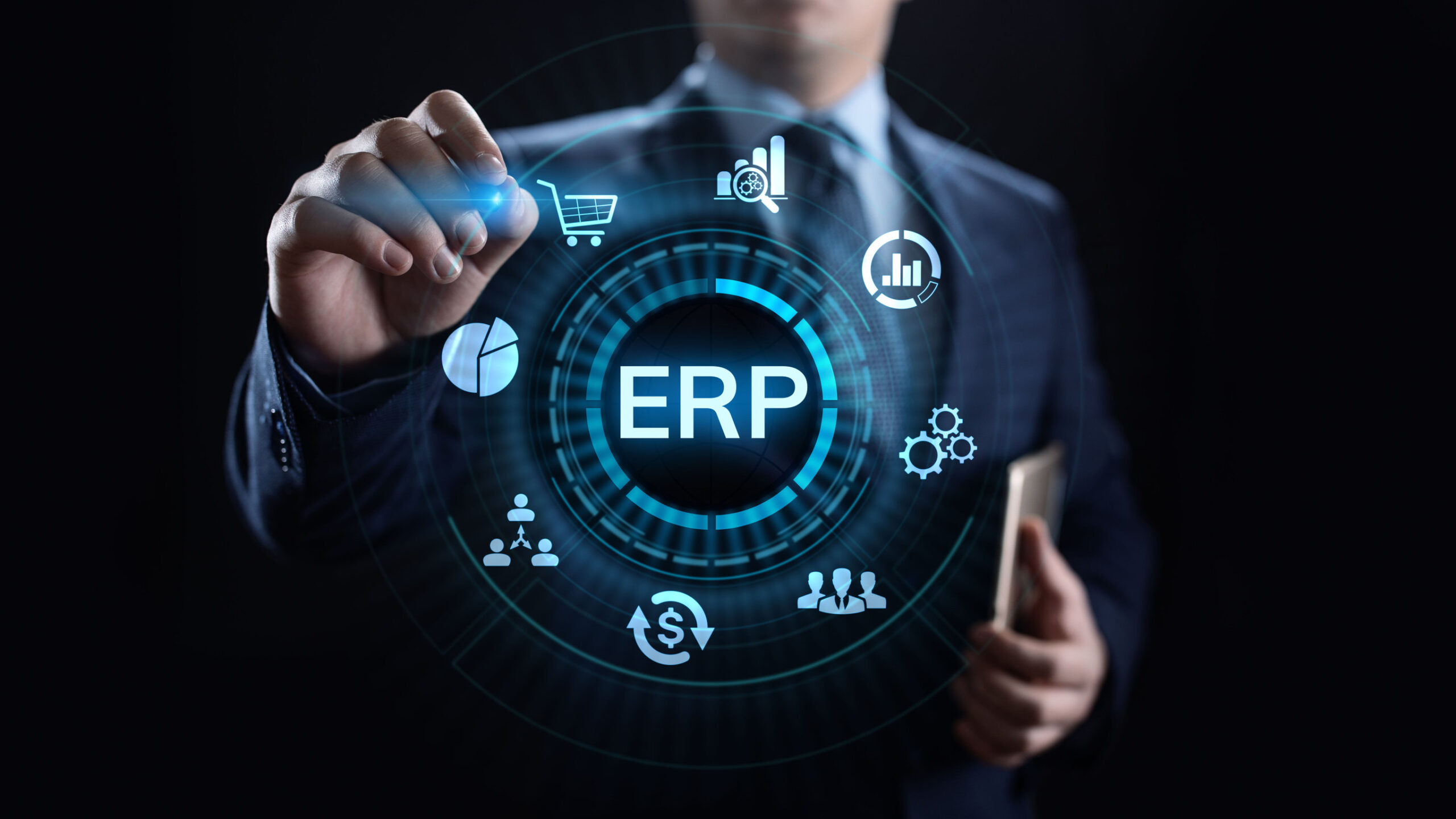We’ve spoken before about how businesses (and small businesses, specifically) can benefit from ERP software.
An ERP can help your business get organized, simplify accounting, improve your customer experience, make better decisions, and scale faster — things any business would agree are, well, good for business!
But there’s a catch: these benefits can only be enjoyed if your ERP software is properly implemented into your current stack. You’ll need a keen understanding of your organization’s business operations and workflow. Do it right and you’ll experience unprecedented growth by gaining enhanced data and insight into your operations. Do it wrong and you’ll just waste your time and money.
Here are a few things to keep in mind so you can avoid such a disaster.
Do This:
ERP implementation might seem like a simple process. After all, some solutions promise that all you might have to do is download the application and voilà — you’re off and running with enhanced data.
Not so fast, my friend!
Proper implementation involves selecting, buying, and installing your ERP system. This includes training your team on how to utilize the new system as well as adapting to any workflow changes it may cause.
Of course, the hope is that your ERP software will make life easier and better for your entire team and workflow, but there’s a bit of a learning curve.
That’s because ERP software implementation is an ongoing process, not a “one and done” type deal. Your data must be nurtured, monitored, and studied for it to be a powerful tool.
That being said, here are a few things you can (and should) do to ensure success.
Do Your Homework
Don’t choose the first vendor you land on. Make sure to do your research in the competitive software vendor landscape to find the partner that best suits the unique needs of your business. No vendor is one-size-fits-all, though some may claim to be!
Train Your Team
From your project managers to key stakeholders and even your users, everyone that has touchpoints in your new ERP software must be trained on how to use the system. When everyone understands the data, you can harness its power.
Migrate Your Data Into The New Database
Map, correct, and verify all of your data. Running off an incomplete database would defeat the purpose of your ERP and could render the system useless. You may have to pull data from several different digital libraries, but putting it all in one central location will be well worth the effort.
Test It Out
You did the vetting and training, now it’s time to put your system and team to the test. Ensure the quality of your ERP software by making sure regular employees are able to run through real scenarios that could have a big impact on your business operations. Here you can identify potential problems and make changes before the system goes live.
Create Employee Buy-In
You can expect to run into some team members who may be less than pleased with change. But you can help them open up and buy into the idea of ERP software by incentivizing training and implementation. Let them voice concerns and frustrations and help make things as smooth as possible. Measure performance and reward results. This gets everyone on board and puts an honest effort forward.
Avoid These Pitfalls:
Of course, doing things right also means avoiding costly mistakes. Here are a few common pitfalls to avoid.
Cutting Corners
It’s tempting to look for the easy route, but the path of least resistance isn’t the best option here. Properly implementing ERP software takes time and money — there’s just no way around it. Here, focus on the potential gains in the long run over short-term returns. This is the path to sustained success.
Getting More Than You Need
All ERP software is not created equal, which is why we mentioned above how critical it is to choose the right vendor partner. Many may have features you don’t need or even purposely try to sell you those features to make more money off of you. These are partners to avoid. Take the time to find a vendor who has your best interests in mind — your success is their success, after all!
Not Fully Integrating Your Business Processes
Your system won’t succeed if you only go in halfway. It takes a full commitment to ERP software to achieve success. From your C-Suite to your end-users, everyone needs to buy into your ERP system. Develop a comprehensive understanding of the software from the top down and you’ll see the results.
See If aACE Is The ERP Software You Need
If you want to find a great ERP software partner, aACE is a great place to start. aACE offers not just ERP, but also accounting and CRM support for a full suite to optimize your workplace. Want to see what ERP software and aACE can do for your business? Get in touch with us today.
“aACE has created straight-forward interaction between departments and gives us a faster and more accurate picture of everything that goes on.” – Theodore Fotopulous, Operations Manager, Raydoor Inc.




